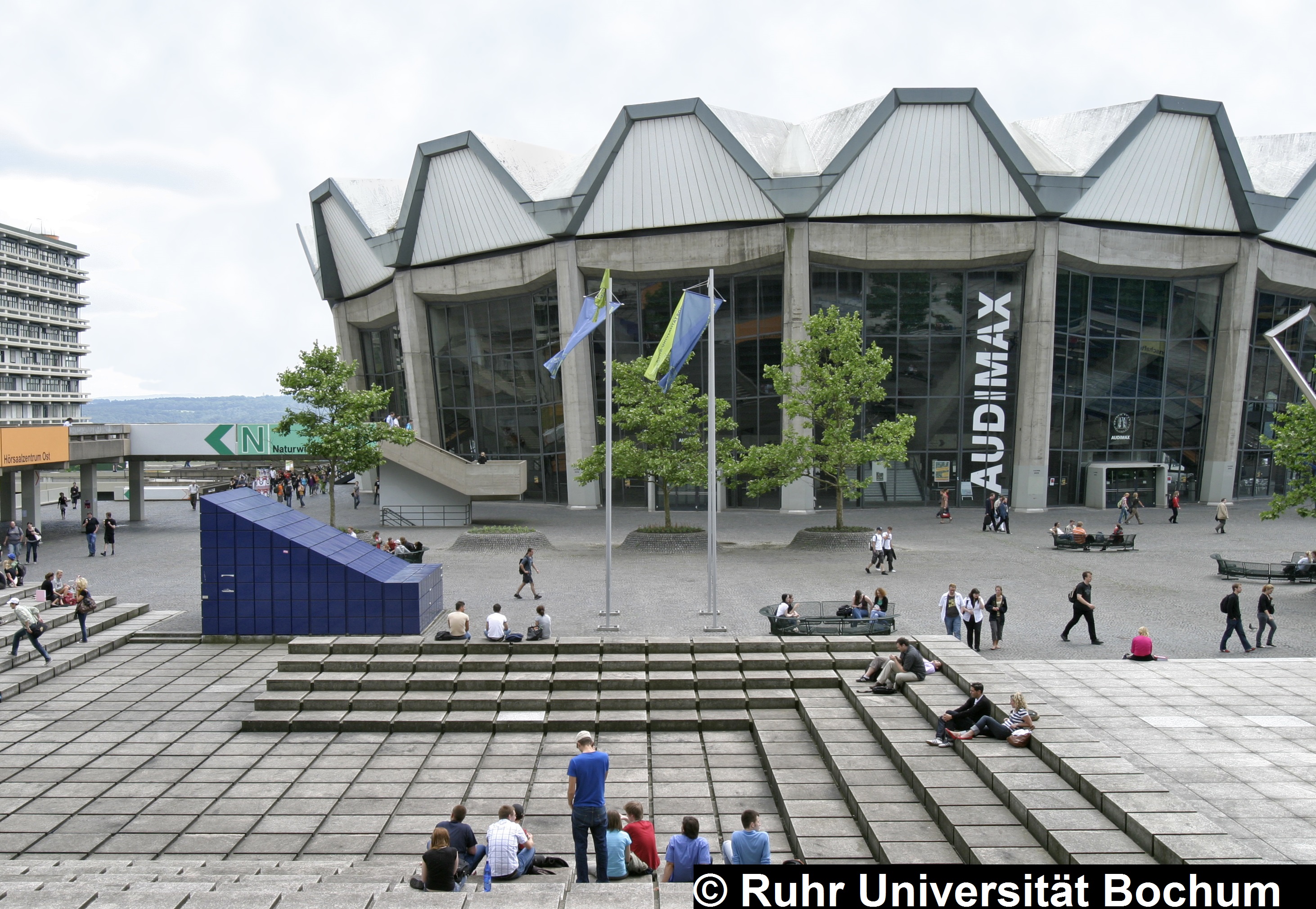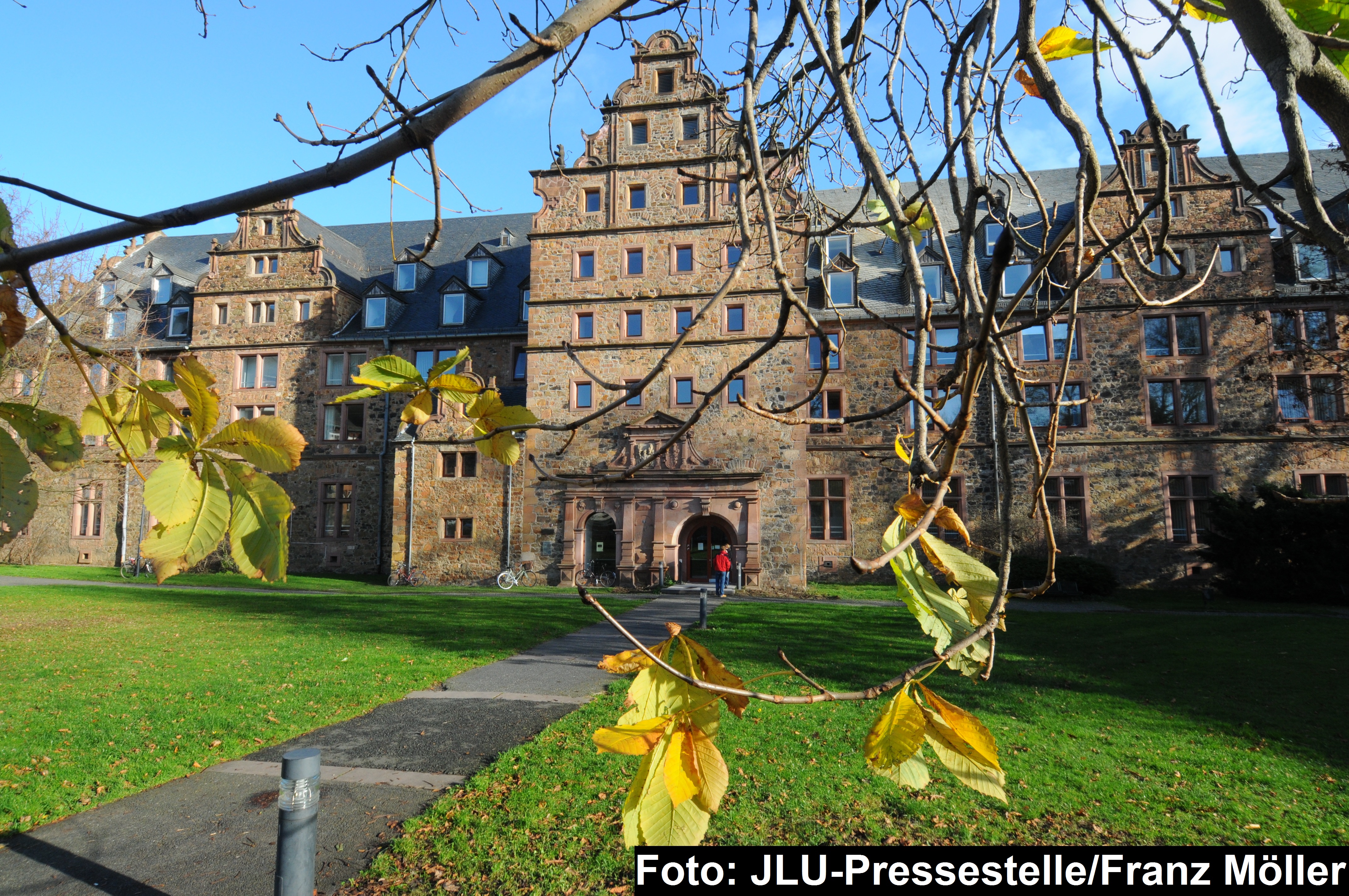
|

|

|
| Bergische Universität Wuppertal | Ruhr-Universität Bochum | Justus-Liebig-Universität Gießen |
|
Center of Excellence for Applications of Mathematics
- Financed by the German Federal Foreign Office - |
| Home | Stability Pact | Academic Reconstruction | Center of Excellence | Partners | Activities | Publications |
|
StabilityPact The Stability Pact for South Eastern Europe was launched in 1999 as the first comprehensive conflict prevention strategy of the international community, aimed at strengthening the efforts of the countries of South Eastern Europe in fostering peace, democracy, respect for human rights and economic prosperity. The Stability Pact provided a framework to stimulate regional co-operation and expedite integration into European and Euro-Atlantic structures. The Pact’s secretariat, located in Brussels, was organised into three units each dealing with an issue area:
The broad mandate and the strong international support for the Stability Pact allowed it to convince South Eastern European countries to engage in a wide and articulated regional co-operation programme, which brought about both practical benefits and deeper political understanding. As substantial progress on the ground was achieved over the years and political, economic and social conditions improved throughout the region, the internationally led approach driving the Pact at the beginning started to become obsolete, and the need was felt for a more regionally owned framework to reflect the increased maturity of the region. This was the main motive in launching the transformation of the Stability Pact into its successor organisation, the Regional Co-operation Council. This new structure was designed around priorities defined by the region itself and was officially launched at the joint session of the final Stability Pact Regional Table and inaugural meeting of the Regional Co-operation Council in Sofia, 27 February 2008 with the full commitment and support from South Eastern European countries, donor countries and other international actors, such as the European Commission. The Regional Co-operation Council inherited the mandate of the Stability Pact to oversee co-operation processes in South Eastern Europe and to support European and Euro-Atlantic integration of the region. |